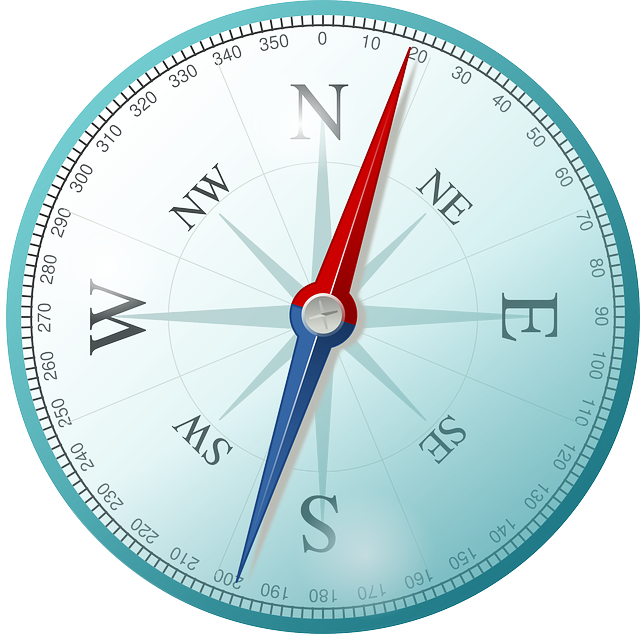What is a GIS?
A Geographic Information System (GIS) is an information system for collecting, storing, processing, accessing, displaying, and analyzing spatial (spatially coordinated) data.
A GIS is a set of computer hardware, geographic data, and software for collecting, processing, storing, modeling, analyzing, and displaying all types of spatially referenced information.
A GIS is an environment that links geographic information (where something is) with descriptive information (what it is). GIS provides many layers of diverse geographic and thematic information.
Classification
By territorial coverage:
- Global;
- Subcontinental;
- National (often with the status of states);
- Regional;
- Local;
- Local.
Types of GIS by the field of activity in which it is applied:
- Land use
- Real estate management
- Urban Planning
- Architecture
- etc.
According to the scientific and applied tasks to be solved:
- Resource inventory (including Inventory), analysis, evaluation,
monitoring, management, and planning, decision support
decision support, geomarketing.
Some typical GIS functions:
- storage, manipulation, and management of data in internal and external databases;
- cartometric operations;
- overlay operations;
- spatial modeling or geomodeling;
- visualization of raw, derived or final data and
processing results; - data output – graphical, tabular and textual documentation, including including its replication, documentation, or generation of reports.
Some typical GIS functions
All the raw information – where the points are located, how long the roads are or how big the lake is – is stored in separate layers digitally on the computer.
And all this geographic data is sorted into layers, with each layer representing a different type of object (theme). One such topic may contain all roads in a particular area, another may contain all lakes, and a third may contain all cities and other settlements in the same area storage, anipulation and management of data in internal and external databases.
How does GIS work?
The main principle in visualizing spatial data in GIS is the use of layer-by-layer organization of spatial data.
Layer-by-layer organization of spatial data has the following advantages:
- the ability to change the visibility of layers when visualizing a map;
- possibility to change the order of layers in map visualization
- an ability to set independently each layers;
- possibility of independent spatial analysis per layers;
- possibility to form a map from layers of different detail and origin.
Data representation
Modern GIS does not impose any restrictions on the order of layers.
However, it is advisable to keep the following order layers (from bottom to top):
- Raster layers;
- Layers with area objects;
- Layers with linear objects;
- Layers with point objects;
- Layers with text objects.
This order makes most of the map objects visible.
Applications of GIS
- environmental monitoring;
- forestry;
- agriculture;
- construction;
- cartography;
- cadastral activity;
- tourism activities;
- etc.
